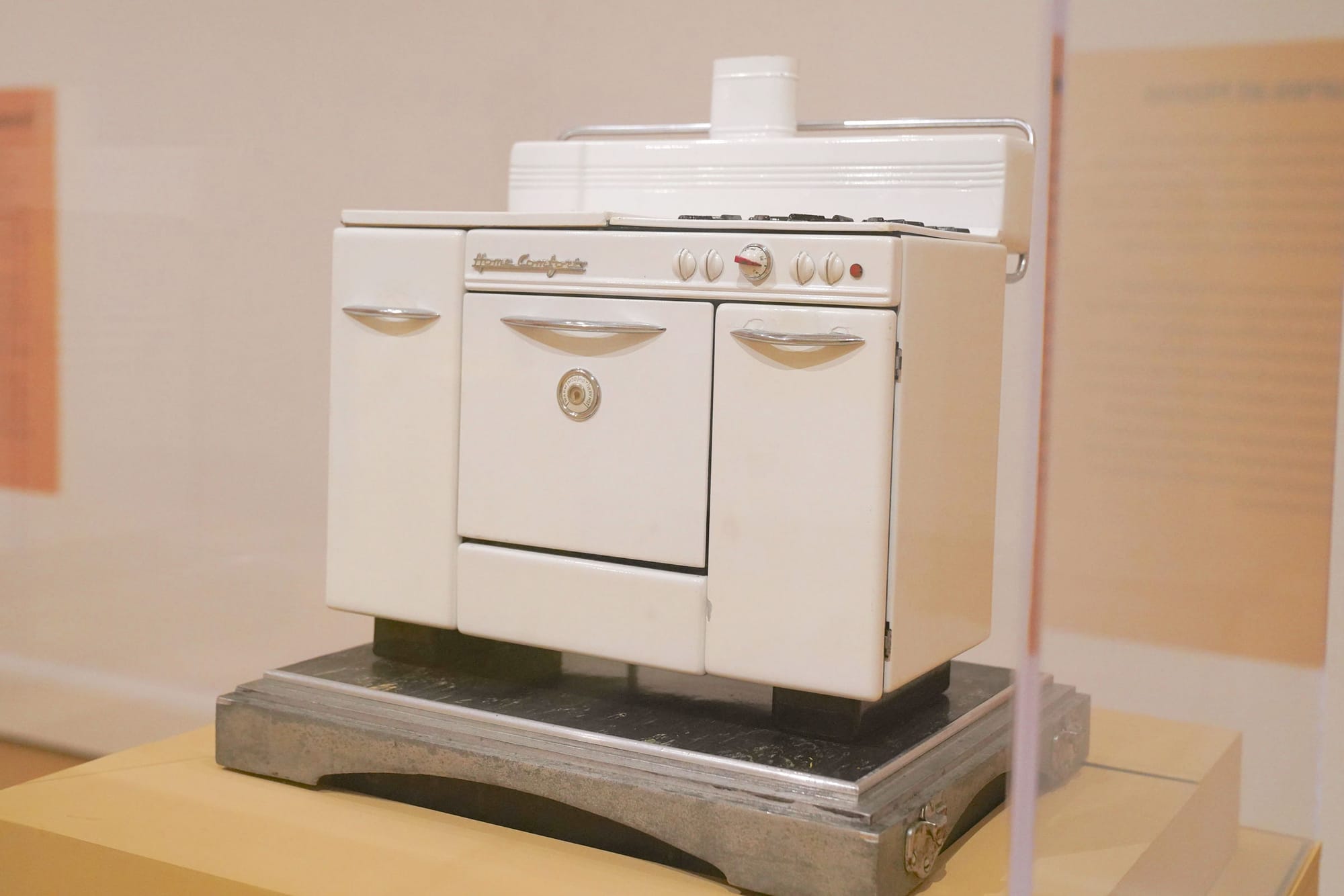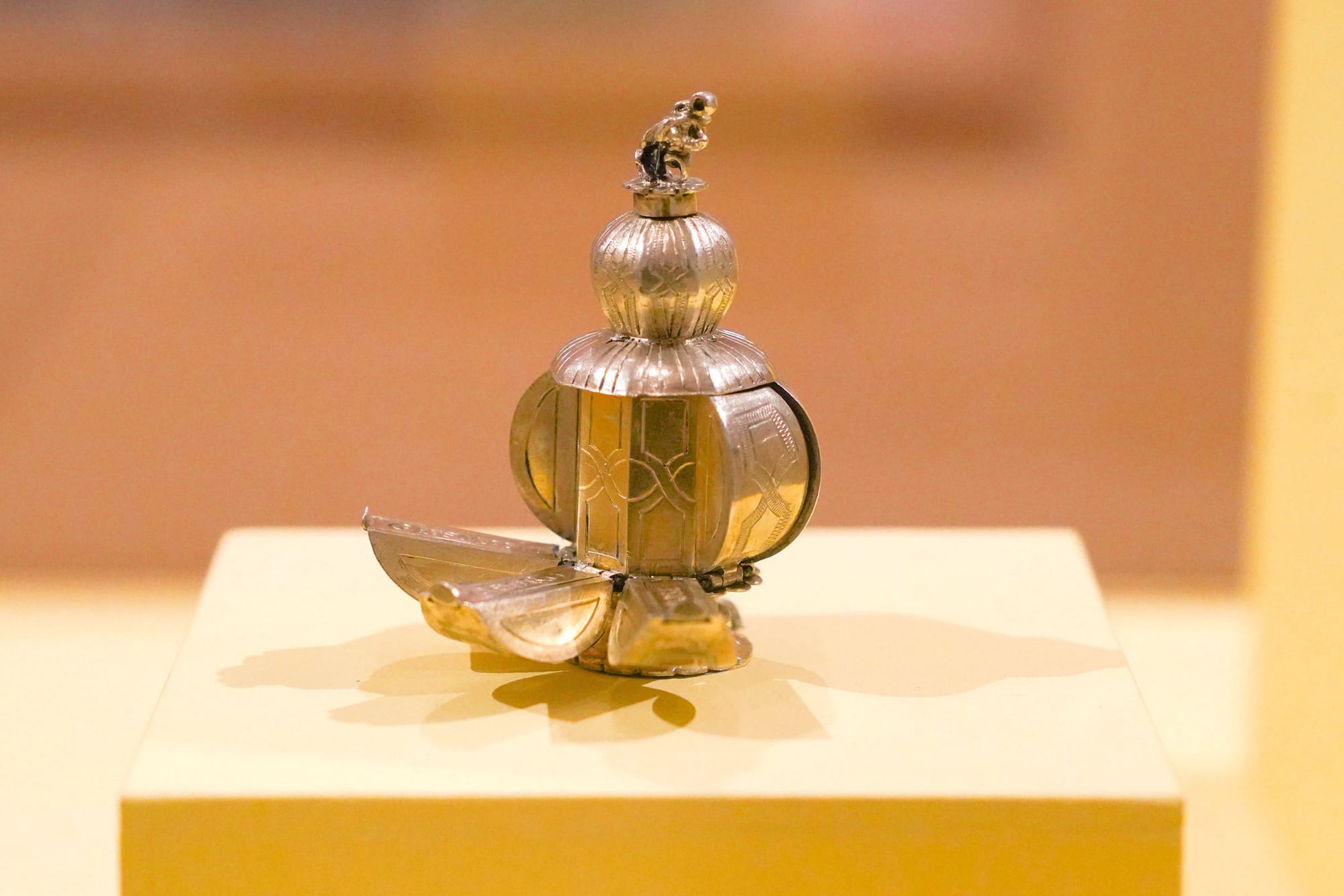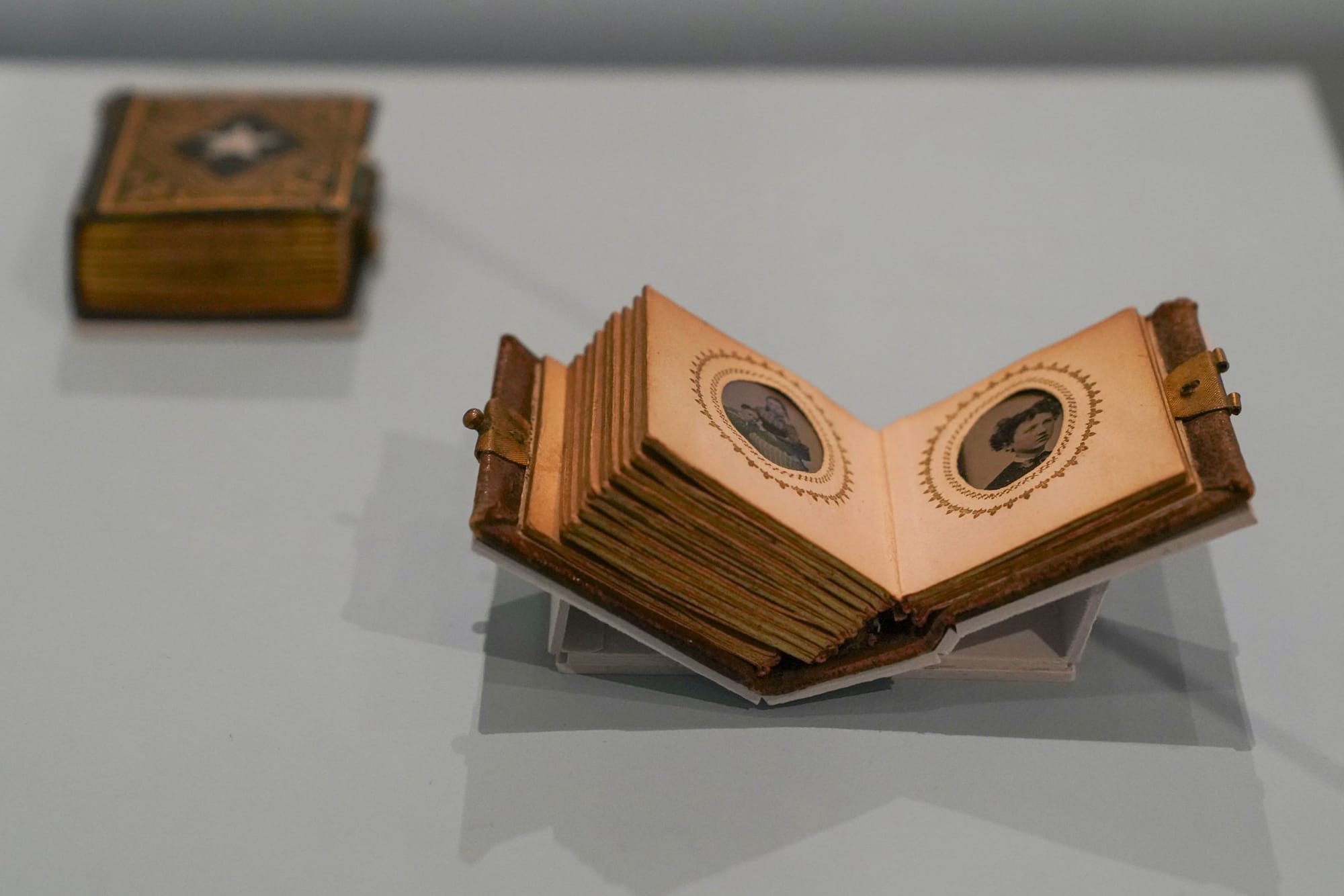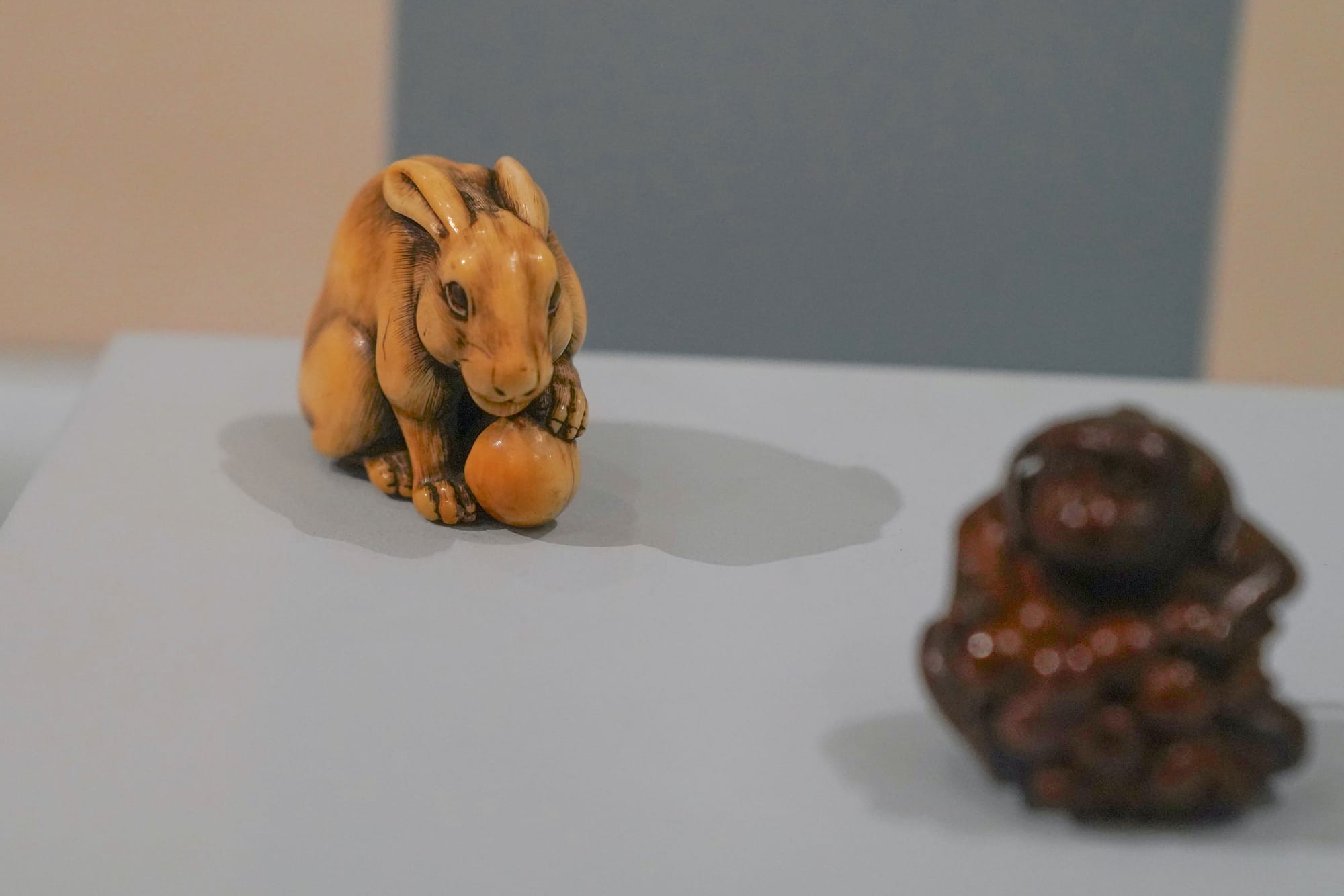The Immense Charm of Miniatures
Tiny Treasures at the MFA Boston makes the case that miniatures need not be oversimplified or relegated to realms of the nostalgic and cute.

BOSTON — From ancient Egypt to the modern day, miniatures have charmed humans for millennia. An exhibition and accompanying book from the Museum of Fine Arts (MFA) Boston, both titled Tiny Treasures: The Magic of Miniatures, examines the purpose and possibilities of the small-scale, with works that span centuries, cultures, and continents. Pulling from the museum’s permanent collection, the show spotlights about 70 delightful, diminutive objects made with impeccable craftsmanship.
Opening with some brain-teasing wall text, the show establishes definitions: “Not all miniatures are small … And not all small objects are miniatures.” In other words, the sleek, 40-inch model of a 1950s Greyhound Scenicruiser might not be considered tiny when compared to, say, the half-inch, hedgehog-shaped Egyptian amulet that’s displayed nearby. But the model bus is smaller than its “parent” or “origin object,” a full-sized bus, and that’s what makes it a miniature.

Designated by color-coded walls painted in a palette of cake-frosting hues, the show is organized into six sections, or “episodes,” according to theme: definition of miniatures, world exploration, home, jewelry and adornments, portraits of people and animals, and spirituality and mourning. The featured objects are displayed on pedestals or set into walls, with windows. Visitors peer in and point out delightful details to one another in hushed voices, sometimes leaving the clear cases smudged in pursuit of a closer look. Across one wall, a video shows a selection of pieces at larger-than-life scale as a white-gloved hand demonstrates how some of the objects move, including an exquisite gilded silver pomander (c. 1580) that opens to reveal eight hinged, apple-wedge-shaped compartments, each etched with the name of the scent it once held.
The exhibition makes the case that miniatures need not be oversimplified or relegated to realms of the nostalgic and cute. Tiny things serve wide-ranging purposes and reflect multiple facets of the human experience and craftsmanship. Small things are portable, a way to carry ritual objects or tools for navigation while traveling. Working on a small scale can be a way to test ideas, conserve precious materials, and showcase designs, like Augustus Eliaers’s 1853 patent design for a chair that transforms into a library step ladder. Working small can also allow creators to show off their technical prowess, as in the snuff box and brooch adorned with micromosaics, a technique that looks like painted brushstrokes to the naked eye but actually involves astonishingly tiny slivers of tessellated glass. Wandering through Tiny Treasures doubled as a sort of meditation, a grounding experience of looking closer, thinking smaller, and delighting in the tiniest of details.






Tiny Treasures: The Magic of Miniatures continues at the MFA Boston (465 Huntington Avenue, Boston, Massachusetts) through February 11. The exhibition was curated by Courtney Leigh Harris, assistant curator of Decorative Arts and Sculpture, Art of Europe.





